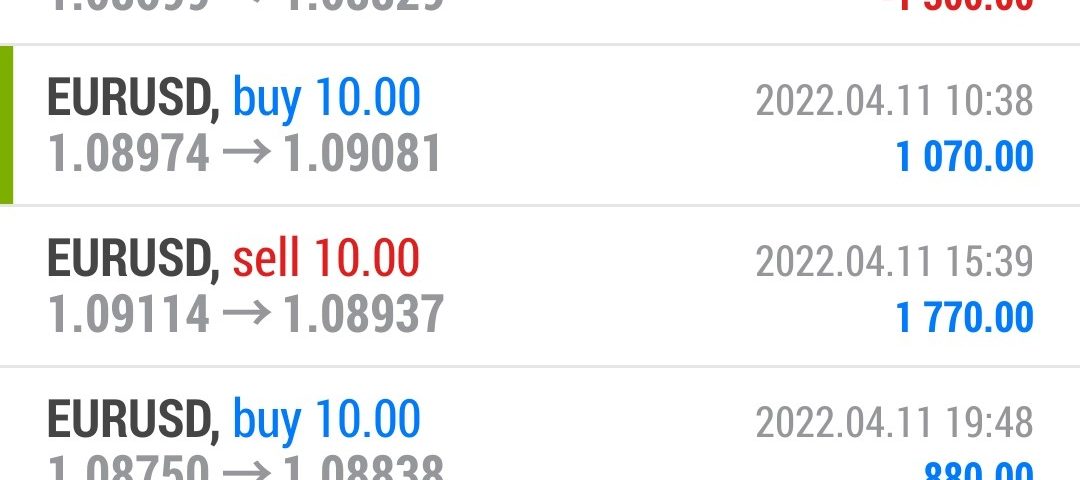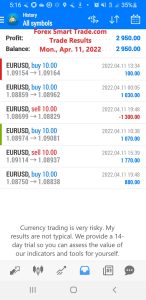Unlike other financial markets like the New York Stock Exchange (NYSE) or London Stock Exchange (LSE), the forex market has neither a physical location nor a central exchange.
The forex market is considered an over-the-counter (OTC) market due to the fact that the entire market is run electronically, within a network of banks, continuously over a 24-hour period.
The FX market trades all over the globe with no central location.
Trades can take place anywhere as long as you have an Internet connection!
The forex OTC market is by far the biggest and most popular financial market in the world.
Forex trades globally by a large number of individuals and organizations.
In an OTC market, participants can be picky and determine who they want to trade with depending on trading conditions, the attractiveness of prices, and the reputation of the trading counterparty (the other party who takes the opposite side of your trade).
The U.S. dollar is the most traded currency, making up 84.9% of all transactions!
The euro’s share is second at 39.1%, while that of the yen is third at 19.0%.
What Currency Pair Trades the Most?
If the USD is one-half of every major currency pair, and the majors comprise 75% of all trades, then it’s a must to pay attention to the U.S. dollar. The USD is king!
In fact, according to the International Monetary Fund (IMF), the U.S. dollar comprises roughly 62% of the world’s official foreign exchange reserves!
Foreign exchange reserves are assets held on reserve by a central bank in foreign currencies.
Because almost every investor, business, and central bank own it, they pay attention to the U.S. dollar.
There are also other significant reasons why the U.S. dollar plays a central role in the forex market:
- The United States economy is the LARGEST economy in the world.
- The U.S. dollar is the reserve currency of the world.
- The United States has the largest and most liquid financial markets in the world.
- The US has a stable political system.
- The United States is the world’s sole military superpower.
- The U.S. dollar represents about half of international loans and bonds. Lots of countries and foreign companies borrow in USD.
- The U.S. dollar is the medium of exchange for many cross-border transactions. For example, oil is priced in U.S. dollars. Also called “petrodollars.” So if Mexico wants to buy oil from Saudi Arabia, it can only be bought with the U.S. dollar. If Mexico doesn’t have any dollars, it has to sell its pesos first and buy U.S. dollars.
Basically, the world is heavily dependent on continuous USD supply to facilitate trades, payments, and loans.





